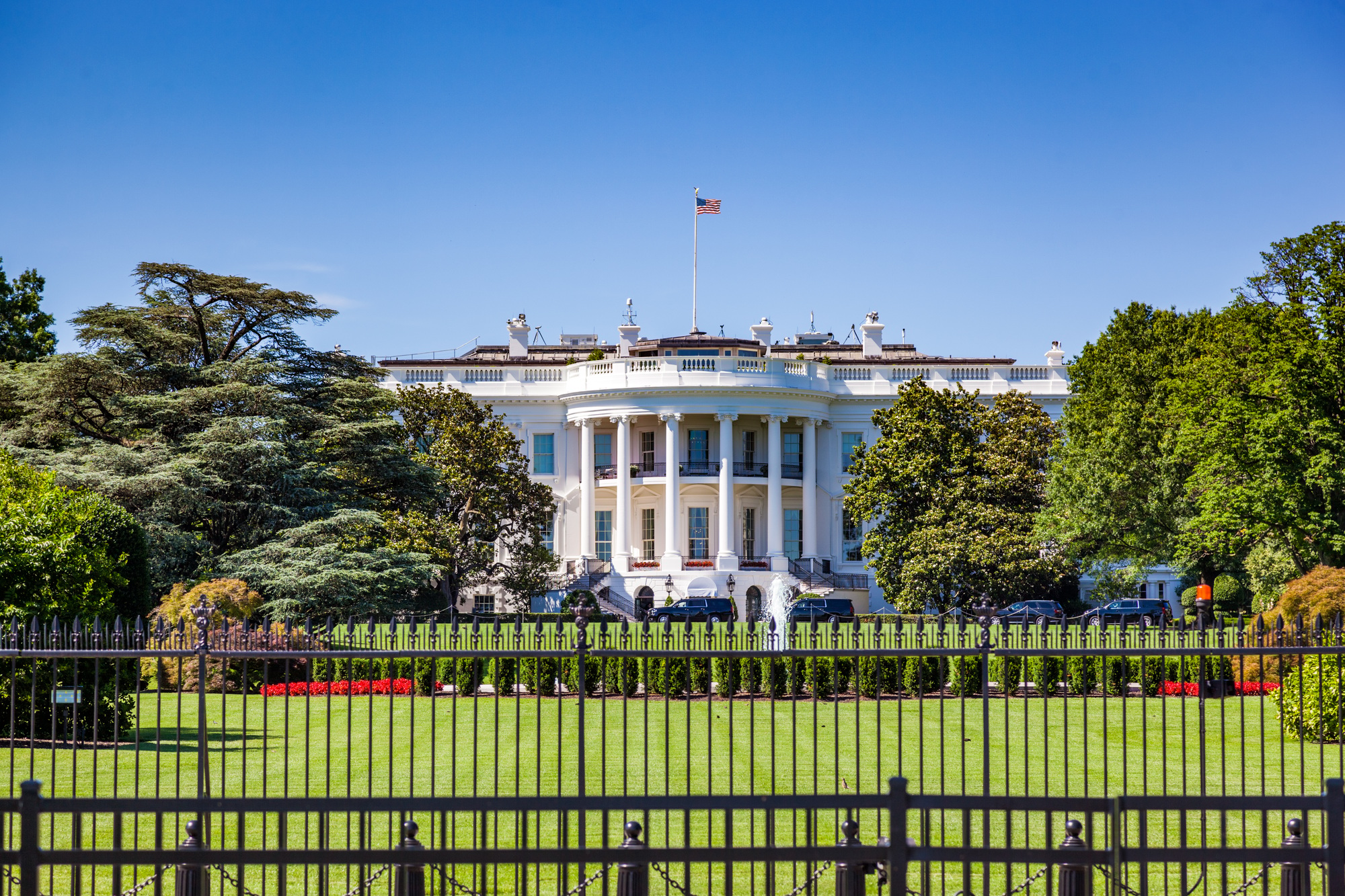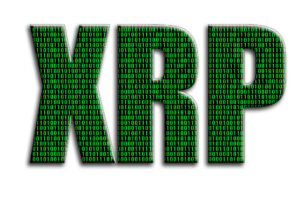A tense and uncertain summer lies ahead for U.S. economic policy, as President Trump’s administration faces converging deadlines on tariffs, tax reform, and the debt ceiling—three high-stakes issues with the potential to shake markets and redefine fiscal strategy. Though the White House has offered limited clarity, recent developments have firmly positioned July and August as critical months for resolution.
Tariff Pause Expires July 9
One of the most immediate deadlines is tied to Trump’s 90-day pause on reciprocal tariffs, announced last week. The suspension, which exempts smartphones, computers, and semiconductors from the bulk of new duties, will expire at 12:01 a.m. EDT on July 9. While framed as a reprieve for tech importers, Commerce Secretary Howard Lutnick has confirmed that these products will face new sector-specific tariffs later this summer, likely by May or June.
Treasury Secretary Scott Bessent and Lutnick are now leading negotiations with multiple trading partners. However, insiders report the team is already overwhelmed by the sheer volume of international interest. Despite Trump’s claim that he could “make every deal in one day,” experts warn that even modest trade agreements often take months or years to finalize.
Tax Cuts Targeted for August Passage
Simultaneously, Congressional Republicans are advancing plans for new tax cuts, with a target date of August for passage. While details remain under wraps, the proposal is expected to include extensions to the 2017 tax law and new relief measures for middle-income households. Analysts expect this to become a central campaign theme heading into the fall.
The Trump administration has framed the tax package as a growth-boosting measure amid trade uncertainty, though budget watchdogs have raised concerns about its impact on the national deficit—especially with tariff revenues falling short of expectations.
Debt Ceiling Approaches
Perhaps the most unavoidable issue is the debt ceiling, which analysts believe could be reached as early as late summer. Unlike tariffs and tax bills—where political maneuvering may buy time—the debt limit must be addressed to avoid a default on U.S. obligations.
If Congress fails to act, the consequences could be severe, from higher borrowing costs to market instability. While prior standoffs have resulted in last-minute deals, the overlap with Trump’s aggressive tariff agenda and new tax plans raises the stakes for financial markets.
“Team Tariff” vs. “Team Econ”
Behind the scenes, a philosophical divide is emerging within Trump’s inner circle. “Team Tariff”, led by trade hawks, is focused on reshaping global commerce through bold, confrontational policies. “Team Econ”, made up of economic moderates, is concerned with avoiding recession risk and stabilizing markets.
So far, the former seems to be in the lead—but whether that holds as the debt ceiling looms and global pushback mounts remains uncertain.








